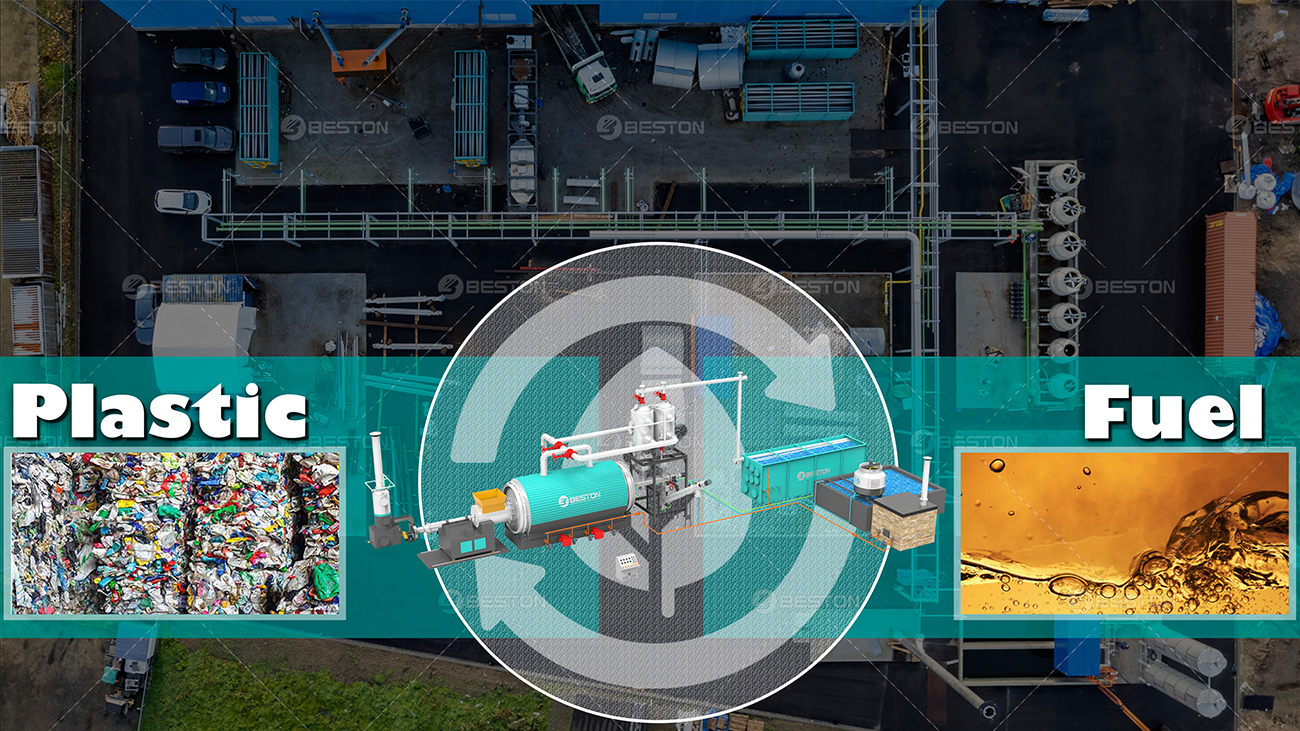Plastic Pyrolysis Recycling Reduces Environmental Burden
Plastic waste has become one of the most pressing environmental challenges of the modern world. From plastic bottles and packaging to discarded electronics, the global accumulation of plastic waste continues to escalate, resulting in detrimental impacts on ecosystems and human health. Traditional waste management methods, such as landfilling and incineration, are no longer sufficient to tackle the sheer volume of plastic. However, an innovative approach known as plastic pyrolysis offers a sustainable and effective solution to reduce the environmental burden associated with plastic waste.
What is Plastic Pyrolysis?
Plastic pyrolysis is a thermal decomposition process that involves heating plastic waste in the absence of oxygen, causing it to break down into simpler compounds. The resulting products typically include liquid oil, solid char, and gases. By subjecting plastic waste to this controlled process, valuable resources can be recovered while mitigating the harmful effects of plastic disposal.
One of the key technologies enabling plastic pyrolysis is the plastic to fuel machine. This machine is designed to convert plastic waste into useful energy products, such as synthetic oil and fuel. These fuels can be used to power industries, vehicles, and machinery, thus reducing dependence on fossil fuels. By using plastic waste as a feedstock, the plastic to fuel machine helps close the loop on plastic waste disposal, turning it from a liability into a valuable resource.

Environmental Benefits of Plastic Pyrolysis
1. Reducing Plastic Waste in Landfills
One of the most significant environmental advantages of plastic pyrolysis is its ability to reduce the volume of plastic waste in landfills. Landfilling is a common practice for disposing of plastic materials; however, plastics can take hundreds of years to degrade, resulting in a long-term environmental burden. Furthermore, plastic waste in landfills often leaches harmful chemicals into the surrounding soil and water, leading to pollution and health risks.
Plastic pyrolysis provides an alternative by converting waste plastics into usable fuels, diverting them from landfills and minimizing the impact of plastic accumulation on the environment.
2. Reducing Greenhouse Gas Emissions
When plastic waste is burned or incinerated, it releases harmful gases such as carbon dioxide (CO2), methane (CH4), and dioxins into the atmosphere. These emissions contribute to climate change and the degradation of air quality.
Plastic pyrolysis, on the other hand, operates in a low-oxygen environment, significantly reducing the release of harmful gases. The process produces liquid fuels and gases that can be captured and used as energy sources, further reducing the need for fossil fuel consumption. By replacing traditional waste disposal methods with pyrolysis, overall greenhouse gas emissions can be reduced, making this process a more sustainable option for waste management.
3. Energy Recovery and Fuel Production
Plastic pyrolysis not only reduces plastic waste but also produces valuable energy products. The liquid oil generated during pyrolysis can be refined into various fuels, including diesel and gasoline substitutes. These fuels can be used in industrial applications, power generation, and even as alternatives for conventional transportation fuels.
The ability to produce fuel from plastic waste is a crucial step in addressing the global energy crisis. By converting waste plastic into usable energy, the need for fossil fuel extraction is reduced, leading to a more sustainable and closed-loop energy system. Additionally, pyrolysis generates heat during the process, which can be harnessed to support the operation of the plastic to fuel machine itself or be used in other industrial processes.
4. Reducing Plastic Pollution in Oceans and Ecosystems
Plastic pollution is one of the most significant environmental threats to marine life and terrestrial ecosystems. Millions of tons of plastic waste find their way into the oceans every year, causing harm to wildlife and disrupting ecosystems. Microplastics, which result from the breakdown of larger plastic items, are particularly damaging as they infiltrate the food chain, impacting both animals and humans.
Plastic pyrolysis can play a crucial role in reducing plastic pollution by providing an alternative to the indiscriminate disposal of plastic waste. The process not only helps eliminate waste from the environment but also prevents plastics from reaching the oceans, reducing the long-term impact of plastic pollution on biodiversity.
5. Promoting Circular Economy
Plastic pyrolysis is an integral part of the circular economy model. In a traditional linear economy, plastics are produced, used, and then discarded, contributing to a constant increase in waste. By contrast, the circular economy focuses on reusing, recycling, and repurposing materials to reduce waste and conserve resources.
Plastic pyrolysis supports the circular economy by turning waste plastic into valuable products, such as fuel and carbon black. These products can be reused in various industries, contributing to resource efficiency and reducing the need for virgin materials. In this way, pyrolysis helps close the loop on plastic waste and supports a more sustainable economic system.
Conclusion
The plastic pyrolysis process offers a transformative solution to the growing issue of plastic waste and its environmental consequences. By utilizing a plastic to fuel machine, plastic waste can be converted into valuable energy products, reducing the reliance on fossil fuels and lowering greenhouse gas emissions. In addition, pyrolysis helps divert plastic waste from landfills, prevents pollution, and supports the circular economy by turning waste into a resource. As the world continues to grapple with the environmental burden of plastic pollution, plastic pyrolysis represents a key technology in mitigating its impacts and promoting a more sustainable future.